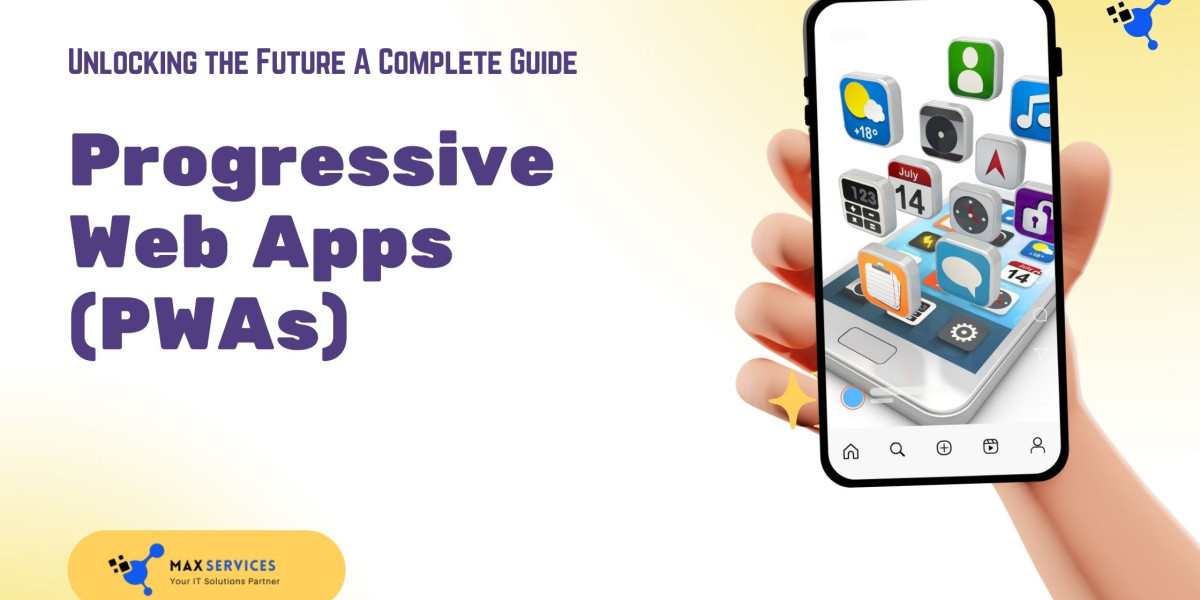What Are Progressive Web Apps (PWAs)?
Progressive Web Apps (PWAs) are web applications engineered to deliver a native app-like experience while utilizing standard web technologies such as HTML, CSS, and JavaScript. They are designed to be fast, reliable, and engaging, regardless of the user’s device, network conditions, or operating system.
Essentially, PWAs function like traditional websites but incorporate app-like features, including offline accessibility, push notifications, and smooth animations. Users can add them to their home screens, access them through URLs, and enjoy functionalities similar to native apps without the need for app store installations.
Key Features of Progressive Web Apps
PWAs stand out from traditional websites and native applications due to their distinct characteristics:
1. Progressive Enhancement
Built using progressive enhancement principles, PWAs are accessible to all users, regardless of browser or device capabilities. While they offer advanced functionalities for modern devices, they still function effectively on older browsers.
2. Responsive Design
PWAs automatically adjust to different screen sizes, ensuring a consistent user experience across mobile phones, tablets, and desktops.
3. Offline Accessibility
Leveraging Service Workers, PWAs cache content and resources, enabling offline access. Even in low-network conditions, users can continue interacting with the app seamlessly.
4. App-Like Interactions
PWAs mimic native apps by offering smooth transitions, intuitive navigation, and gesture-based interactions, making the experience more engaging.
5. Installability
Users can install PWAs on their home screens without visiting an app store, providing quick access just like a native application.
6. Easy Sharing
Unlike native apps that require store downloads, PWAs are shareable via URLs, making them more accessible and user-friendly.
How Do Progressive Web Apps Work?
The superior functionality of PWAs is powered by several core technologies:
1. Service Workers
These JavaScript files run in the background, intercepting network requests, caching resources, and enabling offline access. Service Workers also support background synchronization and push notifications.
2. Web App Manifest
This JSON file provides essential metadata, defining the app’s appearance, name, icon, background color, and display mode, making installation seamless.
3. Push Notifications
Powered by the Push API and Notification API, PWAs can send updates and alerts even when users are not actively engaged, enhancing user retention.
4. Caching and Storage
PWAs leverage the Cache API and IndexedDB to store data locally, ensuring faster load times and offline accessibility.
5. Secure HTTPS Connection
PWAs must be served over HTTPS, ensuring encrypted communication and a secure browsing experience for users.
Advantages of Progressive Web Apps
Adopting PWAs offers multiple benefits for both businesses and users:
1. Enhanced Performance
PWAs load faster by caching resources, leading to improved user experience and lower bounce rates.
2. Cost-Effective Development
Businesses can save on development costs by building a single PWA instead of separate native apps for iOS and Android.
3. No App Store Approval or Fees
PWAs bypass lengthy approval processes and store-related fees, allowing faster deployment and cost savings.
4. Higher User Engagement
Push notifications and offline capabilities keep users engaged, boosting retention rates.
5. Wider Reach and Accessibility
Since PWAs are accessible via URLs, users can instantly access them without cumbersome installations.
6. Offline Functionality
By caching essential resources, PWAs continue to function even in areas with poor connectivity.
7. Strong Security
Encrypted HTTPS connections safeguard user data and transactions, ensuring a secure digital experience.
Challenges and Considerations for PWAs
While PWAs offer numerous advantages, certain limitations should be noted:
1. Limited Native API Access
PWAs may not fully support hardware-intensive features like Bluetooth, advanced sensors, or biometric authentication.
2. Browser Compatibility Issues
Some browsers, particularly Safari, have limitations regarding push notifications and offline support, impacting the full PWA experience.
3. Discoverability Challenges
Unlike native apps found in app stores, PWAs rely on marketing strategies for user awareness and adoption.
4. Platform-Specific Limitations
Certain devices or operating systems may not support all PWA functionalities, necessitating thorough testing and optimization.
Real-World Success Stories of PWAs
Several leading companies have successfully leveraged PWAs to enhance user engagement and performance:
1. Twitter Lite
Twitter’s PWA, Twitter Lite, provides a lightweight, fast experience optimized for low-bandwidth networks, resulting in increased user retention and engagement.
2. Alibaba
Alibaba’s PWA implementation led to a 76% boost in conversions, thanks to faster load times and improved accessibility.
3. Pinterest
Pinterest’s PWA significantly improved performance and engagement, particularly in regions with slow network speeds.
4. Flipkart
Flipkart’s PWA optimized the shopping experience for users in rural and low-network conditions, resulting in higher user retention and increased sales.
Conclusion
Progressive Web Apps (PWAs) are shaping the future of web and mobile application development by blending the best aspects of traditional websites and native apps. With features like offline accessibility, push notifications, and app-like interactions, PWAs offer a compelling solution for businesses looking to enhance user engagement while minimizing costs.
As web technologies continue to evolve, PWAs are expected to gain widespread adoption, making them an indispensable tool for businesses seeking to deliver high-quality, cross-platform digital experiences. Despite certain challenges, their advantages far outweigh the drawbacks, positioning PWAs as a game-changing innovation in the digital world.








